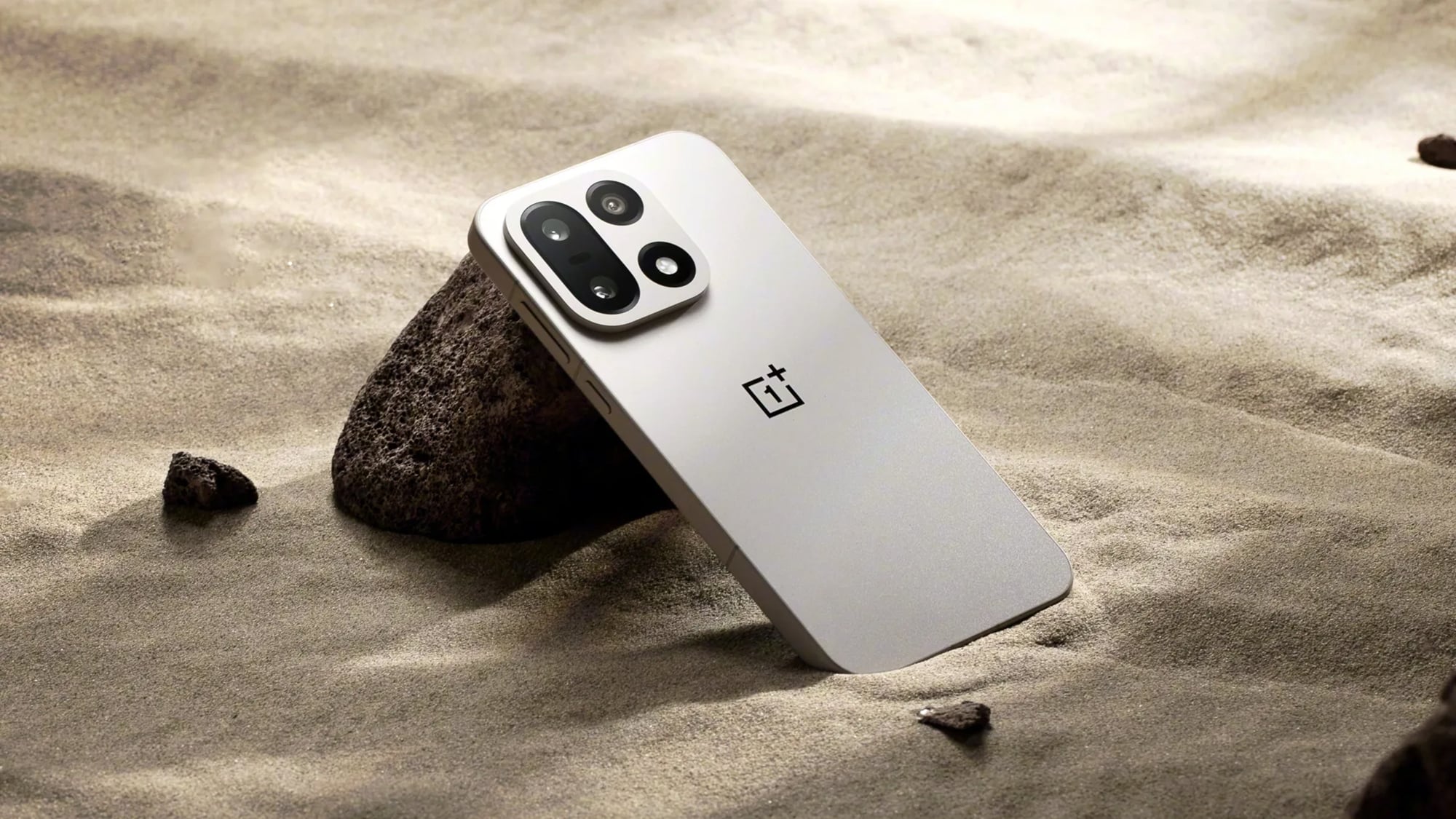OnePlus has confirmed that it will launch its next flagship with a lower screen resolution than the outgoing model. The OnePlus 15 makes the move to a 1.5K panel while bumping up the refresh rate to 165Hz, a pivot that the company frames as an engineering decision rather than making do with less.
What OnePlus Confirmed About the OnePlus 15 Display
In a Weibo post, OnePlus China president Li Jie Louis (translated) confirmed the OnePlus 15 will deliver a display resolution of 1.5K and a refresh rate of 165Hz — not quite the QHD+ resolution that has been a wow factor for past OnePlus flagships like the OnePlus 13. He said the decision was intentional, as existing technology cannot support 165Hz at QHD+ to the company’s standards for luminance, stability, and reliability.

Li also said the new panel is more expensive to produce than what’s in the OnePlus 13, due to new luminescent materials, custom drivers, and an overhauled circuit design. He referred to it as the industry’s first 1.5K panel at 165Hz. Message received: this is a speed-versus-cost trade-off, not a means of reducing expense.
Why 165Hz And QHD+ Don’t Belong Together Just Yet
Driving a QHD+ OLED at 165Hz is an atrocious bandwidth and power problem. Panel driver ICs have to pull more pixels out more often, the display interface has to carry higher data rates even with compression, and the backplane needs to switch those pixels fast enough but without too much heat or artifacts. Photonics analysts covering the display supply chain point out that current mobile stacks are playing this compromise game, and that particularly thin devices with little thermal headroom continue to balance these constraints.
Simplistically, increasing refresh rate multiplies the work every second. A jump from 120Hz to 165Hz is a 37.5% increase in frame updates. Do that at QHD+, and you are covering around 15% more pixels than with an average 1.5K panel, and at a far higher cadence too. That pairing taxes driver bandwidth, draws more power, and can present an unstable image if not engineered properly. While even an LTPO display can scale down to 1Hz, the top end is where the cost and complexity go haywire.
What the Trade-Off Looks Like in Practice
Resolution first: Ditching QHD+ (~3.7–4.1 million pixels, depending on aspect ratio) for a 1.5K-class panel (~3.2–3.6 million) drops the pixel tally by about 10–20%. On a 6.7–6.8-inch display that typically falls to around the mid-450s from about 510ppi. At full arm’s length, you’d be hard-pushed to see the difference in photos or UI text, although font bores might spot faintly softer micro‑detail.

Refresh rate next: the change from 120Hz to 165Hz can contribute a margin of motion blur reduction and reduced input latency, but it will be more difficult to notice than the jump from 60Hz to 120Hz. The larger question is the support of content. Most Android games are limited to 120Hz, some less slick titles hit the 144Hz level, and native 165Hz games exist but they’re niche. Scrolling and system animations will continue to fly, but the headline number may get ahead of real-world content for now.
There’s also the battery angle. A reduction in pixel count can help alleviate load on the GPU and even trim power draw, particularly at high refresh rates when rendering overhead skyrockets. That may also keep the 165Hz experience a lot tighter for more balanced throttling. OnePlus has traditionally relied on LTPO, PWM dimming, and tuning to find the right trade-off between smoothness and stamina, so the 1.5K/165Hz combo should give engineers even more headroom to do just that.
How Rival Flagships Are Balancing Resolution and Speed
Rivals are doing some hedging of their own. Realme’s GT8 Pro combines QHD+ with a 144Hz refresh rate, giving priority to pixel density over pushing frame rates above 120Hz. Samsung’s Ultra line holds steady at QHD+ 120Hz, preferring battery life to a less certain level of app support. Gaming‑centric devices like the ROG series still often match 165Hz to lower resolutions such as FHD+, relying on speed and prolonged throughput. It’s basically OnePlus carving out a middle lane: a higher-than-144Hz refresh, but with a resolution that stays above FHD+.
What This Means for OnePlus 15 Buyers and Upgraders
The OnePlus 15’s confirmed move to 1.5K at 165Hz is an unmistakable philosophical gesture. If you care about absolute pixel density for small text and photo inspection, it will appear like a downgrade on paper from the QHD+ standard that has existed since the OnePlus 7 Pro line. If you appreciate hyper‑high refresh rates and improved sustained performance and battery life, it’s logical — and if OnePlus achieves the brightness, color accuracy, and touch response it touts, then all the better.
Proof will be in the measurements and hands‑on. Until then, the headline is simply this: OnePlus is giving up some pixels for more speed, and it thinks that trade serves a better everyday display experience in 2024’s software and hardware milieu.

